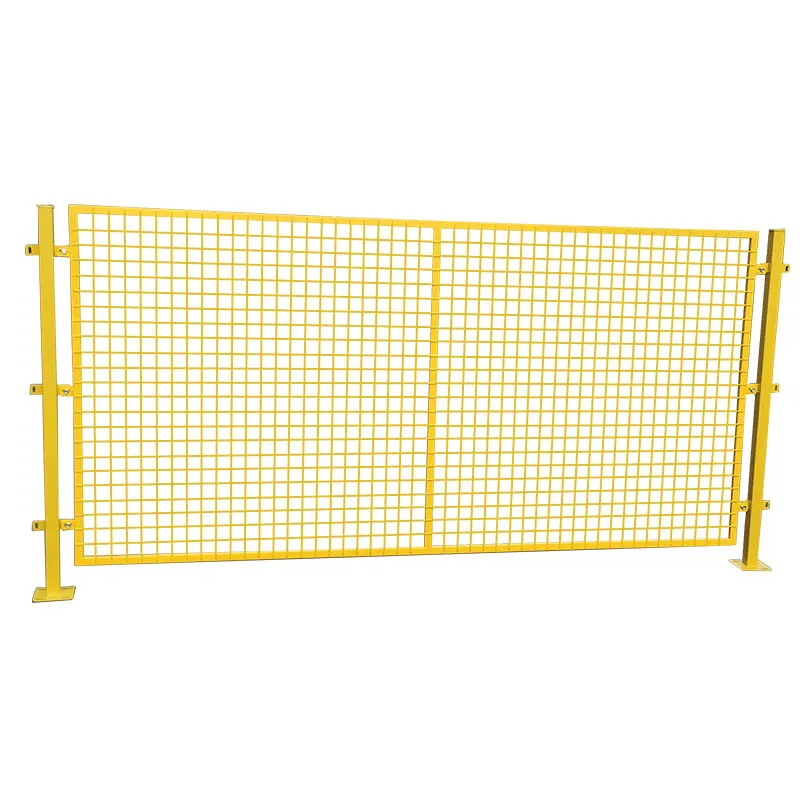Do Acoustic Fence Panels Work?
In today's ever-changing world, noise pollution has become a significant concern for many homeowners, particularly those living in urban or suburban areas where traffic, construction, and other external sounds can disrupt daily life. In this context, the use of acoustic fence panels has gained popularity as an effective solution for noise reduction. But do these panels truly work? Let's delve into their functionality, design, and effectiveness.
Understanding Acoustic Fence Panels
Acoustic fence panels are specially designed barriers crafted to absorb sound and reduce noise pollution. Unlike standard garden fences, which primarily serve aesthetic or privacy purposes, acoustic panels are constructed with materials specifically aimed at soundproofing. These materials include composites, dense wood, or specialized sound-absorbing foam, which work together to dampen incoming noise.
The principle behind acoustic fence panels is relatively straightforward. Sound waves travel through the air, and when they encounter a dense material, some of that energy is absorbed or reflected. The effectiveness of an acoustic fence panel depends on its thickness, density, and the materials used in its construction. Ideally, heavier and thicker panels provide better sound insulation, as they can block more sound waves from passing through.
Effectiveness in Noise Reduction
Research and studies show that acoustic fence panels can significantly reduce noise levels, especially in residential areas. Many homeowners have reported noticeable differences in sound before and after the installation of these panels. According to the degree of noise, barriers can achieve reductions of up to 10 to 20 decibels. To put this into perspective, a drop of 10 decibels is perceived by the human ear as halving the sound intensity.
do acoustic fence panels work

The effectiveness of these panels can vary based on several factors. The angle of sound incidence, the distance of the noise source, and the height of the fence all play a role in how well acoustic panels can perform. For optimal results, it is recommended to consider the specific environmental conditions and the type of noise being blocked. For instance, lower frequencies, like the rumble of trucks, require thicker and more robust materials to deflect.
Installation and Placement
The installation of acoustic fence panels is also critical to their effectiveness. When positioning the panels, it is best to create a continuous barrier without gaps, as any open spaces can allow sound to pass through. Additionally, the height of the fence should be sufficient to obstruct the sound waves that typically travel above lower barriers. A fence height of at least six feet is advisable to achieve optimal sound reduction levels.
Additional Benefits
Apart from noise reduction, acoustic fence panels offer several other benefits. They can enhance the aesthetic appeal of a property, provide a sense of privacy, and serve as windbreaks and barriers against other environmental elements. This makes them a versatile addition to a landscape, often proving to be a worthy investment for homeowners seeking peace and serenity.
Conclusion
In conclusion, acoustic fence panels can indeed be effective in reducing noise pollution when properly designed and installed. While they may not eliminate all sounds completely, they can significantly enhance the quality of life for those living in noisy environments. Homeowners interested in these solutions should consider their specific needs, the characteristics of their outdoor space, and the type of noise they wish to mitigate before making a purchase. With the right approach, acoustic fence panels can be a valuable asset in creating a quieter, more peaceful home environment.
-
Why Galvanized Trench Cover Steel Grating Resists Corrosion
NewsJul.10,2025
-
The Versatility and Strength of Stainless Expanded Metal Mesh
NewsJul.10,2025
-
Load Calculations in Steel Grating Platforms
NewsJul.10,2025
-
Keeping Pets and Kids Safe with Chicken Wire Deck Railing
NewsJul.10,2025
-
Hole Diameter and Pitch for Round Perforated Metal Sheets
NewsJul.10,2025
-
Aluminium Diamond Mesh in Modern Architecture
NewsJul.10,2025
Subscribe now!
Stay up to date with the latest on Fry Steeland industry news.

